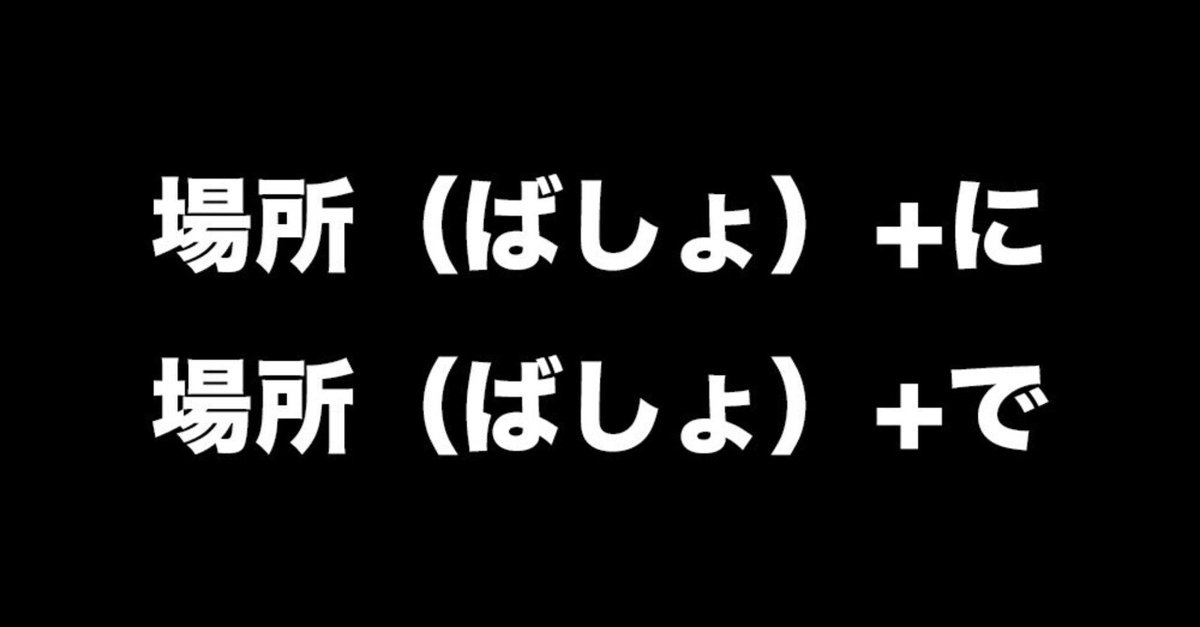
場所+に、場所+で
When the particle "に" follows a noun that indicates a place, it is often used with verbs that indicate existence, staying, or residing in that place, such as "いる" , "ある", "住む" (住む), "泊まる" (とまる). It is also used with verbs that express movement to a destination, such as "行く" (いく) or "来る" (くる).
その書類は私の机の上にあります。
そのしょるいはわたしのつくえのうえにあります。
That document is on my desk.
明日は大阪に行きます。
あすはおおさかにいきます。
Tomorrow, I will go to Osaka.
When the particle "で" follows a noun indicating a place, it is used to express an action taking place at that location.
今日は図書館で勉強します。
きょうはとしょかんでべんきょうします。
Today, I will study at the library.
今日は渋谷で日本語のレッスンをしました。
きょうはしぶやでにほんごのれっすんをしました。
Today, I had a Japanese lesson in Shibuya.
Here are some examples that might be helpful:
今日は東京のホテルに泊まります。
きょうはとうきょうのほてるにとまります。
Today, I will stay at a hotel in Tokyo.
今日は宿泊先のホテルの部屋で仕事をします。
きょうはしゅくはくさきのほてるのへやでしごとをします。
Today, I will work in the room of the hotel where I am staying.
帰宅してすぐにお風呂にはいりました。
きたくしてすぐにおふろにはいりました。
I took a bath as soon as I got home.
試合で汚れた靴をお風呂場で洗いました。
しあいでよごれたくつをおふろばであらいました。
I washed my shoes, which got dirty during the match, in the bathroom.
この記事が気に入ったらサポートをしてみませんか?
